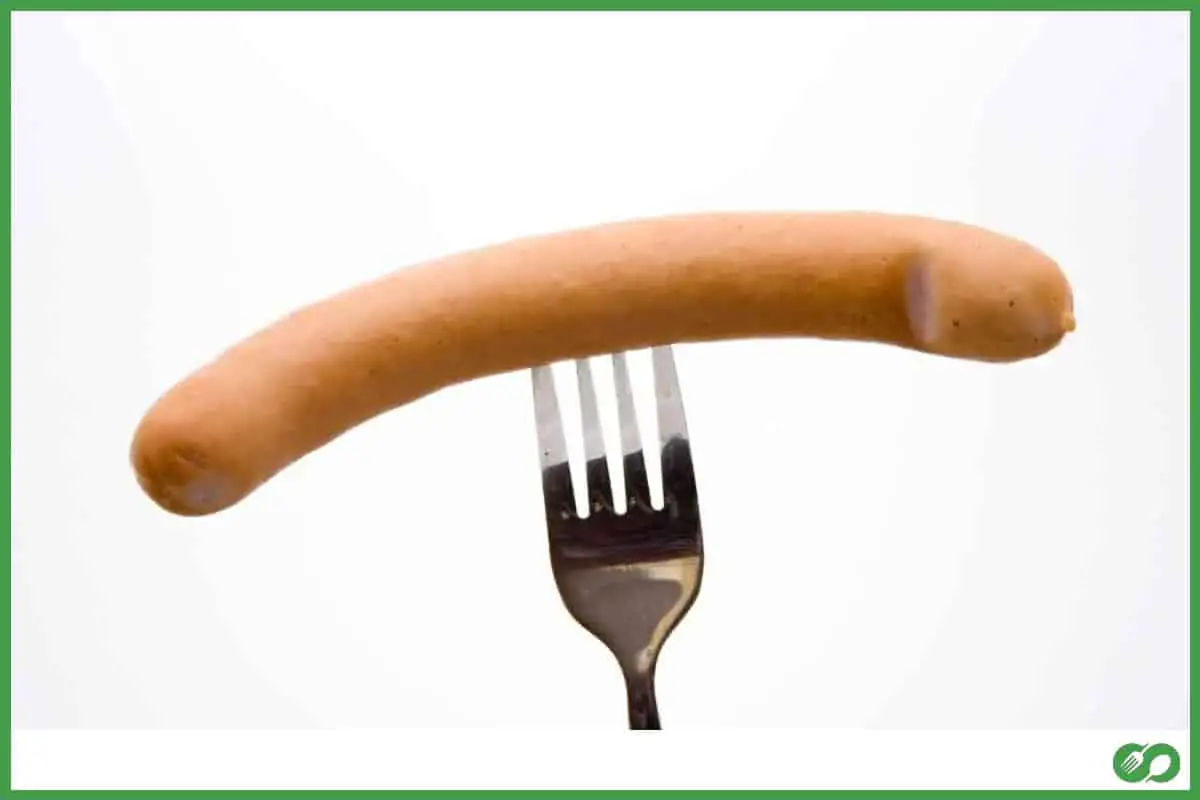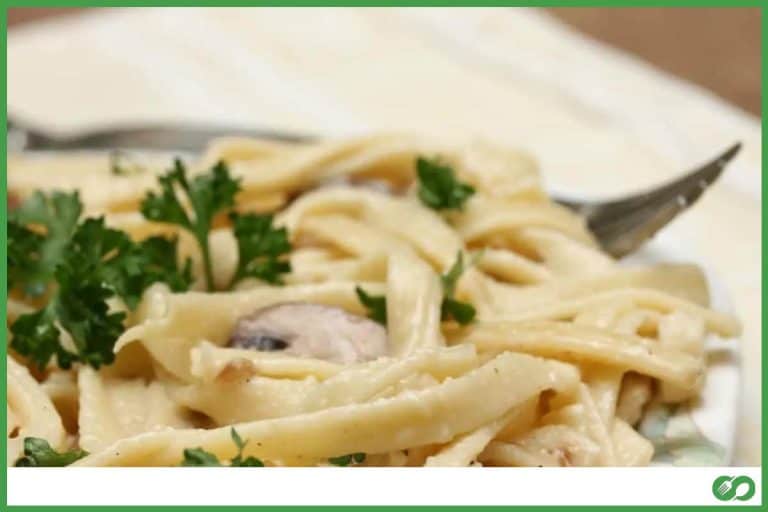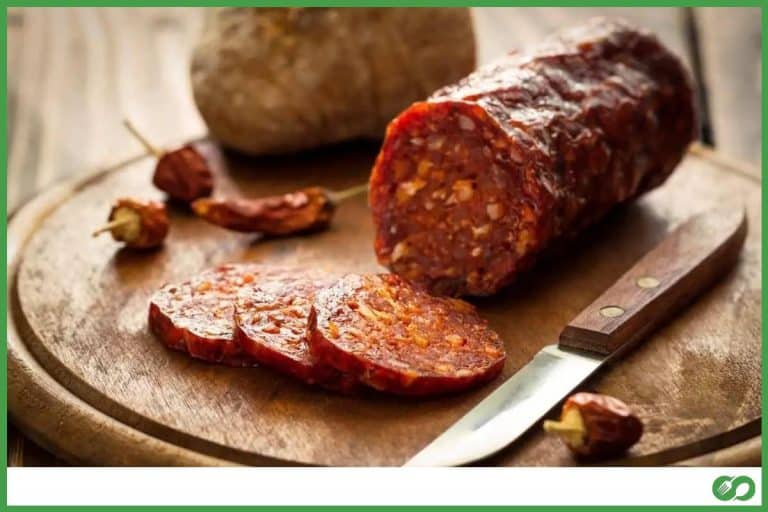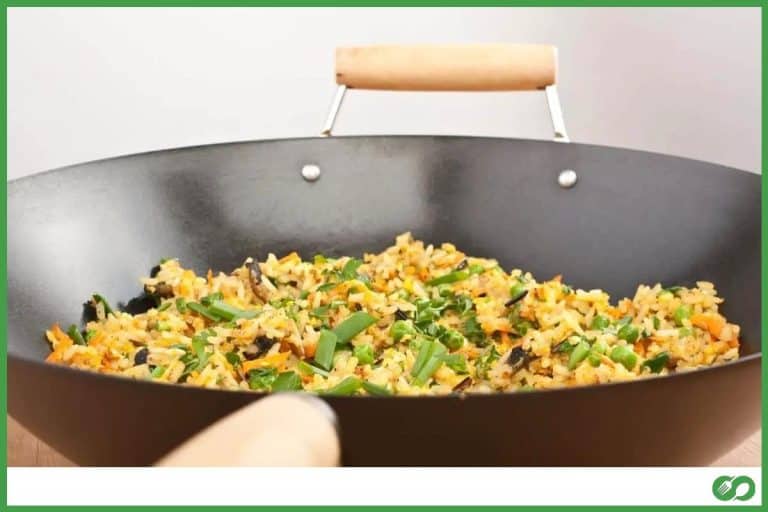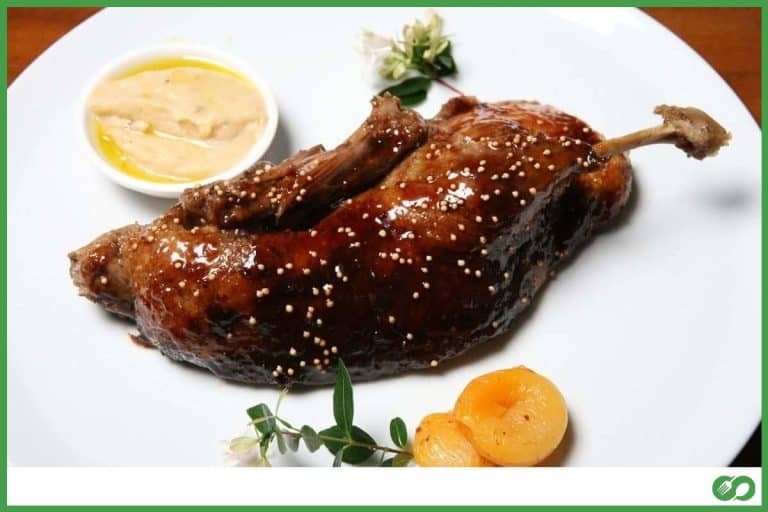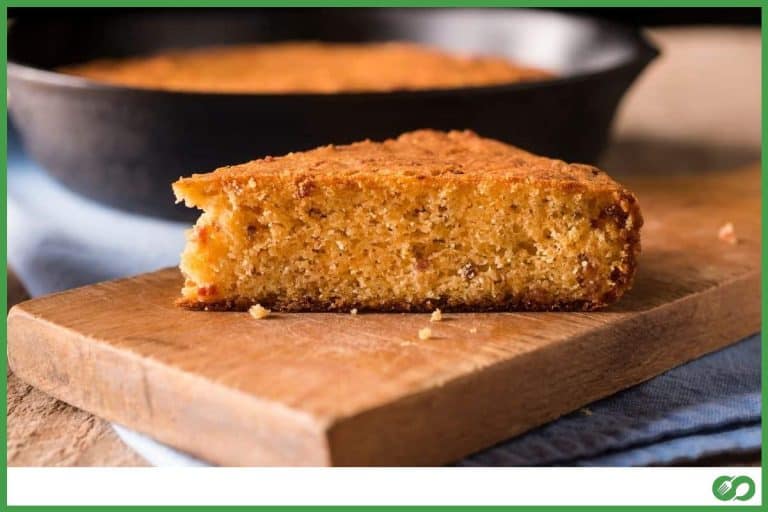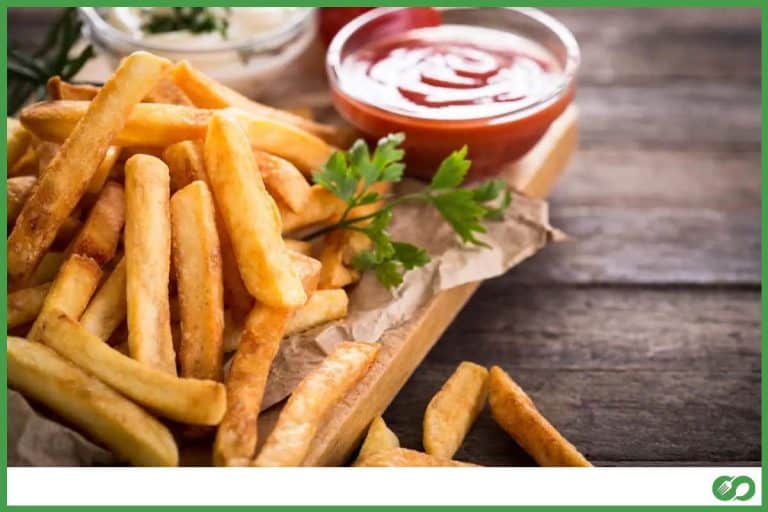Should You Poke Holes In Sausages Before Cooking/Grilling?
This post may contain affiliate links which means that, if you choose to make a purchase, I may earn a small commission at no extra cost to you.
If you’re someone who cooks a lot, you probably know that cooking or grilling sausages can be one of the easiest feats. This is true, for the most part. Yet, there are still some things that you might be confused about. Poking holes in sausages is definitely one of them. Should you do it? Let’s find out!
There are many theories about both pricking sausages and not pricking sausages before cooking or grilling. So, it mostly depends on your preference regarding how you want your sausages to be cooked.
You might have had a lot of confusion up till now, and it is understandable. Hence, in this article, I have included the answers to all your questions about this topic. I would recommend reading through the whole article to be the most informed.
Why Should You Poke Holes In Sausages Before Cooking Or Grilling?
Poking holes in sausages before grilling helps prevent them from bursting. This often happens when grilling the sausages over too high a heat.
To prevent the sausages from splitting, you should instead grill it longer on the side of the grill where the heat is lower.
Be patient and let the sausages heat up over a longer period of time, and you will get a much better result.
Why Should You Not Poke Holes In Sausages Before Cooking or Grilling?
If you genuinely favor the taste of sausages, I would advise you to not poke holes in them. It is something not many are clear about and I am going to explain the misunderstandings.
Sausages are extremely fatty on their own. So, if you want to reduce the fat inside them, it is better to avoid eating them altogether. The fat inside the sausage is what offers the flavor. As a result, when you poke holes in the, you will end up losing a lot of its flavor.
Furthermore, by poking holes in the sausages, as the juices and fat inside the sausage escape, you are left with an extremely dry and chewy texture. The sausage will also shrink and lose the shape it has.
In addition, while cooking, the juices inside assist in steaming the meat of the sausage. With the fat and juices dissolving, the flavor is spread. Due to this, the sausage will not even be cooked evenly. So, by pricking holes on the sausage’s texture, the flavor is plucked out too, as I have mentioned before.
An Alternative Method
It can be unpleasant to see cracks appear on your sausages. So, there are alternative ways to cook them without having them split apart. I have mentioned a few below.
Cooking inside an oven
You can roast or bake sausages with the help of an electric oven. The latter is a great option for cooking your sausages, as the heat distribution throughout the sausage will be perfectly even. Thus, it is better to do it in an oven when you are attending to a large number of guests.
Step 1: Use an iron skillet and put the sausages on top. Or you can also take an oven pan and cover it properly with tin paper. It is optional to coat the tin foil with cooking oil.
Step 2: Set the oven temperature to 350-400 °F and cook for approximately 20-25 minutes.
Step 3: Your sausages are perfectly cooked. If you want an even darker shade of brown, you can consider broiling them.
Frying
There are multiple steps to cook sausages before you fry them. Patience is key if you want evenly cooked and unsplit sausages. The process is mainly divided into poaching and browning the exterior of the sausages.
Step 1: In a pan filled with cold water, pour in the sausages.
Step 2: Turn on the stove’s heat and wait till the water starts to boil. When it does, turn down the heat a little bit and let the sausage simmer for more than 5 minutes.
Step 3: After the eight-minute mark, take the sausages out of the water and drain the moisture away. The poaching part is complete.
Step 4: Put the sausages on the stove for the frying part. You can also store some in your refrigerator.
Step 5: For frying, you can use butter, wine, beer, oil, or cider.
Step 6: Throughout the entirety of the medium process, the heat should be within low and medium. Cook it at a slow pace for an even distribution of heat.
Step 7: Turn the stove off when the outsides of the sausages have reached the shade of brown that you prefer.
Step 8: After the cooking part, make sure you check the temperature of the sausages. They should be more than 160 °F or exactly that.
Stir-frying
Stir-frying sausages implies cooking the sausages at a high temperature. It is similar to pan-frying except you need to regularly stir and flip the sausages.
Step 1: Drizzle a little bit of oil on top of a pot or skillet. Instead of oil, you can also use butter, coconut, oil, or almond oil. These cope well with high temperatures.
Step 2: Cook the sausages at high heat until both sides of the sausages are the perfect shade of brown. This will take approximately 10-15 minutes.
Step 3: You can check if the sausage is properly cooked or not by cutting through it in the middle with a knife. If the texture is firm, you are good to go. Yet, if it is floppy and pink, you need to cook it for a few more minutes.
What Other Meats Should You Poke Holes In?
Just because sausages shrink down and lose their taste and texture when you prick them does not mean that the same applies to other forms of meat. The general idea of poking holes into meat is a no-no. However, similar to sausage, most meats possess juice and fat that are responsible for the flavor they offer. An example of meat that needs to be pricked is steak.
As marinating is the most crucial part of cooking a steak, when you poke holes in the steak, the marinating process speeds up. Moreover, with the help of the holes, the meat of the steak can be made more tender. However, there are some things you should be aware of.
The internal temperature of the steak should be higher than 155°F. If not, bacteria from the fork (used for poking holes in the meat) can travel to the meat and the bacteria will not die down because of the low temperature. This can lead to food poisoning.
For further assurance, always use a clean and pristine fork. You can also clean the exterior of the steak by sprinkling a little salt on it.

